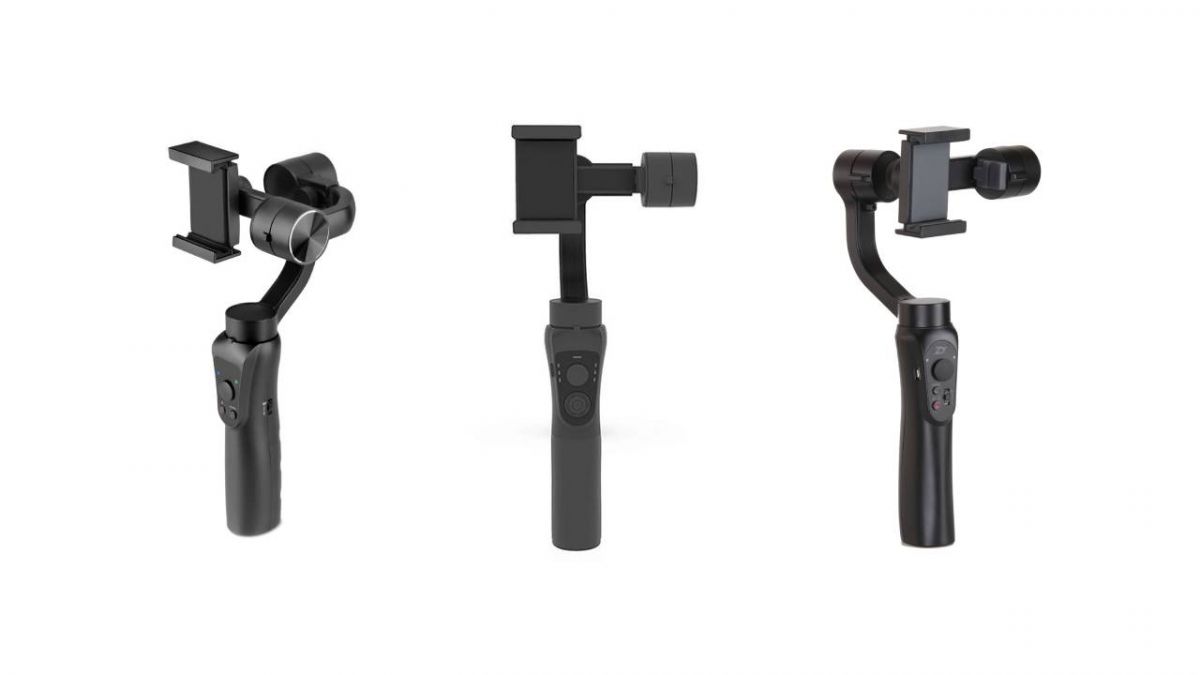Gimbals are a popular tool used in videography and photography to stabilize the camera and produce smooth, professional-looking footage. When it comes to choosing a gimbal, one of the most significant considerations is the number of axes it has. There are three main types of gimbals – 2-axis, 3-axis, and 4-axis. In this article, we’ll explore the differences between these types of gimbles and which one is best suited for your filming needs.

2-Axis Gimbals
2-axis gimbals, as the name suggests, use two axes to stabilize the camera. They can typically adjust for tilt and roll movements in two planes, but they cannot stabilize the camera’s yaw, which represents the camera’s left and right movements. This means that 2-axis gimbals can stabilize movements in two directions, but not in all directions. They are typically less expensive and lighter than their 3-axis and 4-axis counterparts, making them a popular choice for those on a budget or for those who need a lightweight option. However, they are not as effective at stabilizing footage as 3-axis and 4-axis gimbals.
3-Axis Gimbals
3-Axis gimbals are the most common type used in videography and photography. They use three axes, typically pan, tilt, and roll, to stabilize the camera in all directions. These gimbals can stabilize the camera even when yaw movements are introduced, which results in more stable footage. 3-axis gimbals provide smoother footage, and they are versatile enough to be used in a range of situations, making them a popular choice for content creators. They are more expensive than 2-axis gimbals, but their effectiveness in stabilizing footage makes them an excellent investment.
4-Axis Gimbals
4-axis gimbals are relatively new and use four axes to stabilize the camera, including pitch, yaw, roll, and horizontal. This type of gimbal can stabilize the camera’s movements in all directions and can even balance the camera in extreme situations like when shooting in strong winds. They are excellent for capturing footage in challenging conditions, but they are also the most expensive and heaviest option, making them less practical for everyday use.
Which One is Right for You?
Choosing the right gimbal comes down to your filming needs and budget. If you’re new to videography or have a limited budget, a 2-axis gimbal may be a good place to start. However, if you’re looking for a more stable and professional-looking footage, a 3-axis gimbal is the standard choice. On the other hand, if you’re in extreme conditions or require highly specialized footage, a 4-axis gimbal might be worth the investment.
Another important factor to consider when choosing a gimble is the weight and portability. Generally, 2-axis gimbals are the most lightweight and portable option, while 4-axis gimbals are the most bulky and heavy. However, there are exceptions, so it’s best to compare different models and brands to find the right fit for you.
In terms of ease of use, 3-axis gimbals are typically the easiest to use since they offer a balance between stabilization and portability. 2-axis gimbals require a bit more skill and technique, while 4-axis gimbals can be quite challenging to use.
Overall, the right gimbal for you depends on your specific shooting needs, budget, and skill level. However, as a general rule, a 3-axis gimbal is the most practical and versatile option for most content creators. It provides a balance between stability and portability, making it ideal for a range of filming situations. Regardless of which gimbal you choose, remember to practice and familiarize yourself with its functions to get the best results.









